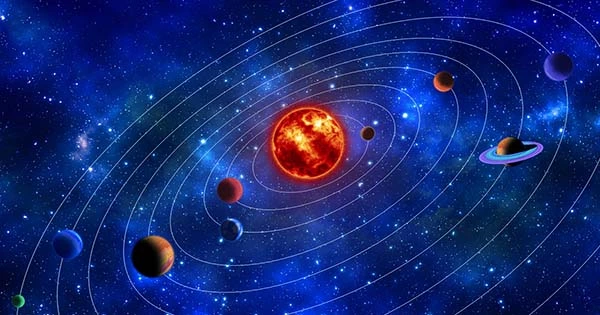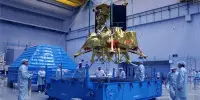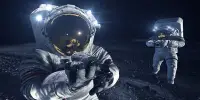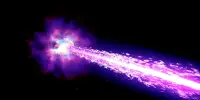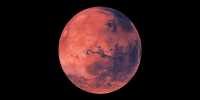Early risers with telescopes will be able to see all seven planets at the same time in June, as Mercury emerges from the Sun’s glare. Everyone else will have to make do with five visible planets in their proper positions. Around 45 minutes before sunrise, the planets are all visible in the eastern sky, though Mercury is still so low that you’ll need a good view east to see it. Even a view to the horizon, depending on your latitude, may not be enough to see Mercury just now, but a few more days should rectify that. On June 16, Mercury will be at its closest approach to the Sun.
The morning of June 27 may be the best option for people who are unsure about their ability to differentiate stars from planets. Mercury and the crescent Moon will be close enough in the sky that the innermost planet will be easy to spot. Venus is virtually unmistakable, and the two will form a line that will point to Mars, Jupiter, and Saturn. Every few years, the five naked-eye planets align, and half of the time it is in the more convenient evening sky. However, there are two unique aspects to this alignment. To begin with, from our perspective, the planets travel through the sky in the same sequence that they do in reality, away from the Sun.
Furthermore, the other two planets (sorry Pluto enthusiasts) will be present this time. Uranus is technically a naked-eye planet, as some people with remarkable eyesight can see it even in the darkest of sky. Binoculars, on the other hand, are required by the majority of us. Uranus is seen in the space between Venus and Mars, rather than joining in with the whole exact order thing. The crescent Moon will appear to pass it on June 24 or 25, making it easier to identify. Meanwhile, Neptune is visible in the early sky, but it is out of sequence, behind Jupiter by around 10 degrees, and will necessitate the use of a telescope.
The chance to view the five planets together comes after several months of seeing four of them dance together, notably on May 1 when Venus and Jupiter were so close together that they appeared to be one entity. However, there are still a few possibilities to see conjunctions. On the morning of June 26 and again on July 26, Venus and the Moon will produce a lovely sight together.
On August 1, Mars and Uranus will be near enough to be viewed together via binoculars, making the seventh planet simple to locate. On June 25, there will be an even greater, although much shorter, chance to see Uranus (isn’t it time you quit sniggering?) since the Moon will pass in front of it from some locations. In the months ahead, other places of the planet will be able to witness the Moon block out Uranus.
